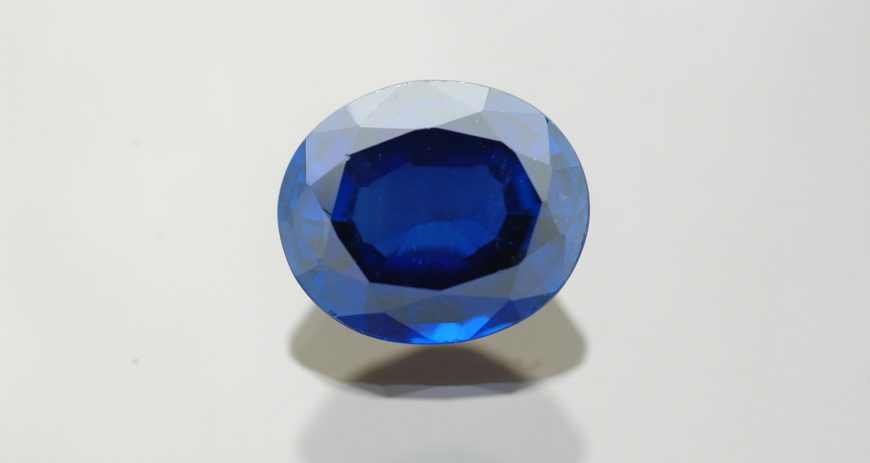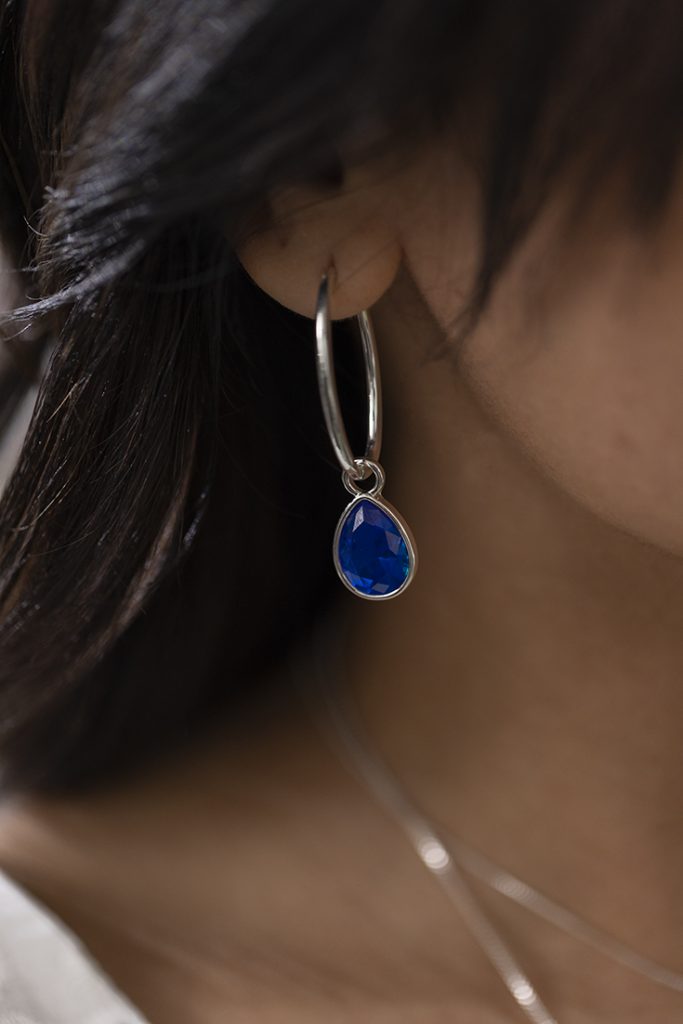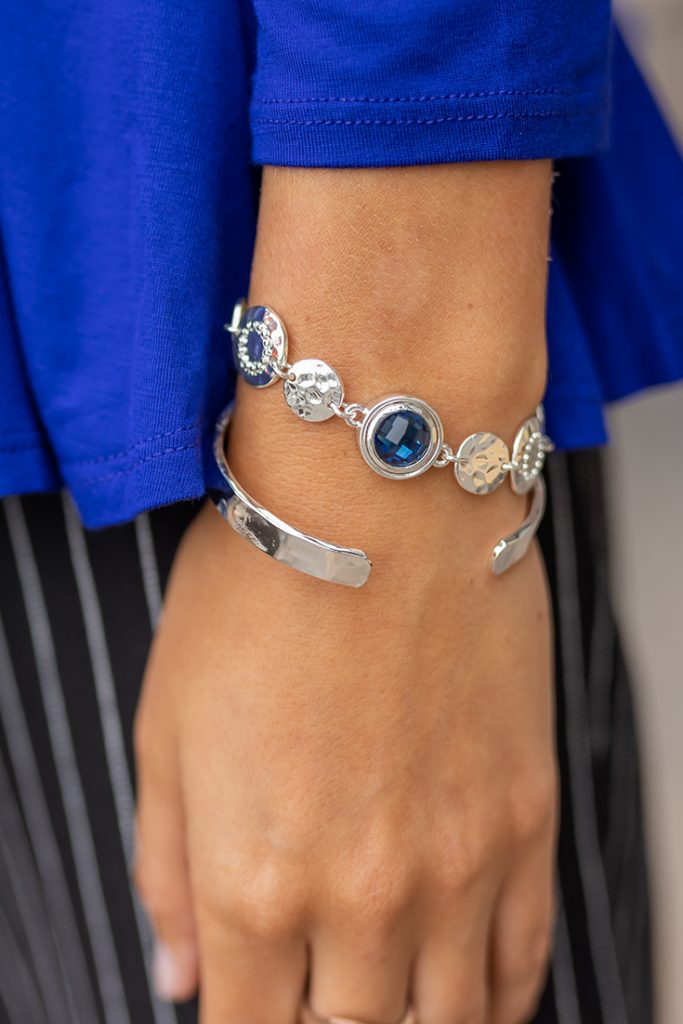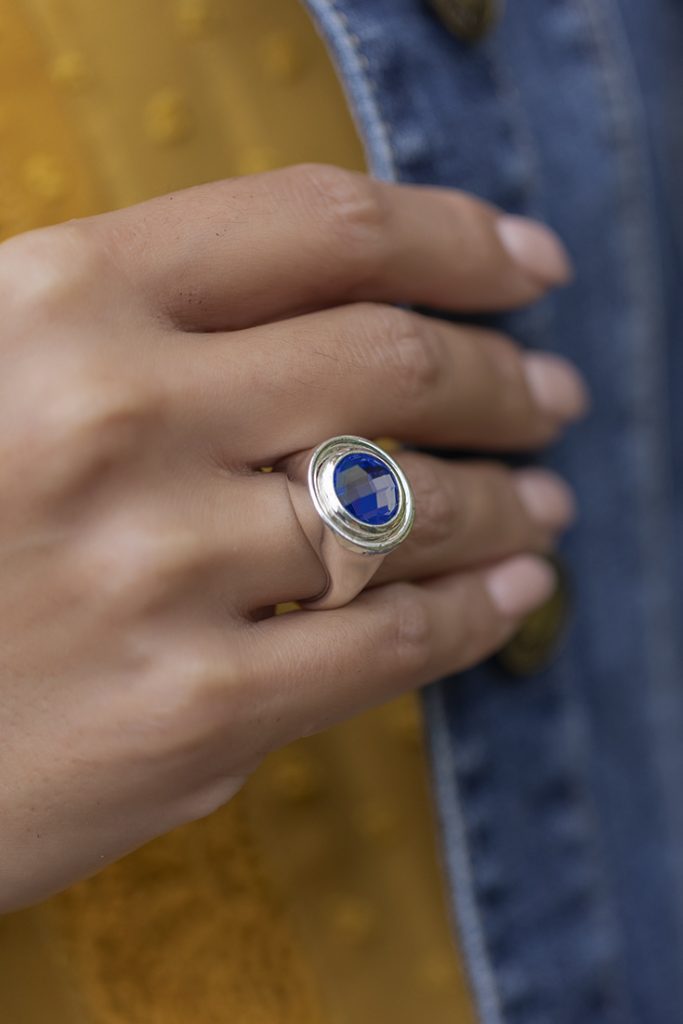What Is the September Birthstone?
What Is the History of the September Birthstone?
Sapphire has always been associated with the color blue. Its name comes from the Greek word sappheiros, which likely referred to lapis lazuli, a deep-blue metamorphic rock (“Sapphire”; “Lapis lazuli”).
The Ancient Greeks associated sapphire with Apollo, the god of sun and light. They would wear the gem while consulting with oracles as they believed sapphire helped you tap into the power of the “third eye.” While people who communed with the dead used sapphire to help them influence spirits (“Sapphire Symbolism”). Grecian and Roman kings and queens believe that sapphires protected their owners from envy and harm (“Sapphire”).
In the Middle Ages, the clergy wore blue sapphires to symbolize heaven, while their parishioners believed the gem attracted blessings (“Sapphire”). Many people also believed that sapphires were an antidote to poison and could increase the wearer’s strength and health, helping them to ward off sickness, especially for the eyes (“Sapphire Symbolism”).
Royalty would wear sapphires to attract wealth, but also to protect them from envy and infidelity. They believed that the gem could bring “harmony between lovers as well as peace between adversaries” (“Sapphire Symbolism”).
What Are the Features of the September Birthstone?
The sapphire is one of the “big three” colored gemstones: the other two are the ruby and the emerald. It’s part of the mineral species corundum that also includes rubies. Red corundum is known as ruby, and all other colored corundum (including colorless) are sapphire, though blue is the most well known (“Sapphire Quality Factors”).
Generally, the more intense the color, the more valuable the stone. The most valuable blue sapphires are a velvety blue to a violetish blue in medium to medium-dark tones. Blue sapphires that are less valuable might be grayish or too light or too dark (“Sapphire Quality Factors”).
Though sapphire is generally known as a blue gemstone, it comes in a wide variety of colors (except red). Sapphires that are not blue are called “fancy sapphires.” One of the most popular fancy sapphires is the padparadscha sapphire. The padparadscha sapphire is an extremely rare sapphire that is a mix of pink and orange. These gemstones have a very high value, and their color is often described as salmon or sunset. The word padparadscha actually derives from a Sanskrit word for the color of a lotus blossom (“Sapphire Quality Factors”).
There is another category of sapphires called star sapphires. These sapphires have what is called asterism, which is “reflections from tiny, needle-like inclusions that are oriented in several specific directions” creating rays (“Sapphire Quality Factors”).
Where Is the September Birthstone Found?
There are sapphire deposits all over the world, with significant deposits in places like Australia, Cambodia, Sri Lanka, Thailand, and even Montana! Every sapphire mine produces a wide range of quality; however, where the sapphire originates is not a guarantee of the quality of the sapphire (“Sapphire”).
Learn more about birthstones in our Birthstone Guide.
Check out our limited-time, exclusive September Birthstone Necklace and Bracelet.
To find your perfect September birthstone, visit StyleDots.com today!




